Sakura, 桜, Japanese cherry blossom
Few things are as aesthetically emblematic of Japan as the sakura blossom. It’s an easy visual shorthand in movies and anime for spring, new love, and youthful exuberance. All for good reason. They bloom in profusion across the entire country, a season as looked forward to as the holiday season here in North America. The blooming of the sakura trees is celebrated on coins, with parties, by time-limited merchandise, clothing, picnics, drinks at Starbucks, you name it.
They are a perfect example of mono no aware, or the acceptance of the transience of life. They burst open in a cloud of soft colour and last mere days.
When it comes to kimono, sakura can be depicted many ways. However, there are some constants that make it easy to identify. Sakura will always have five petals in the central or main layer, and each petal is slightly elongated with a tell-tale notch in the tip.
Traditionally, sakura is a spring motif, worn right before the real ones bloom. However, it’s become such a ubiquitous design that it shows up in all seasons nowadays. Unless you’re going to a very strict event, I believe you can wear it any time.
Here are some examples taken from my collection, so you can see the variations and similarities.
All the photos in this entry come directly from my collection. You are welcome to use them for personal projects and reference, but not for anything commercial. If you’re uncertain, feel free to contact me.

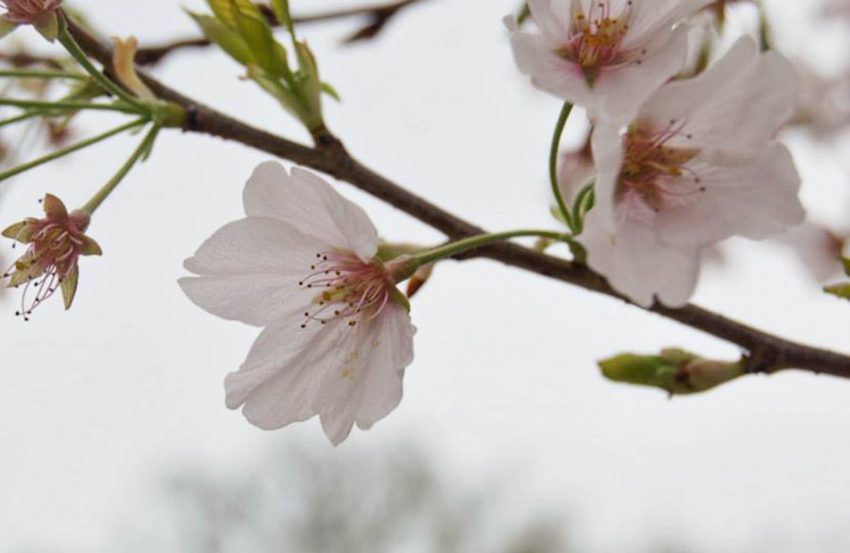
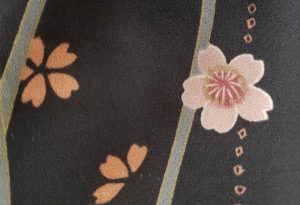
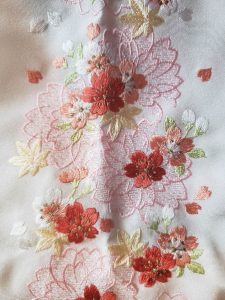


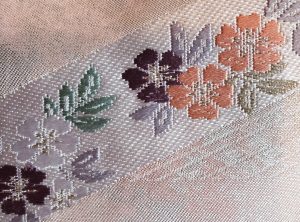
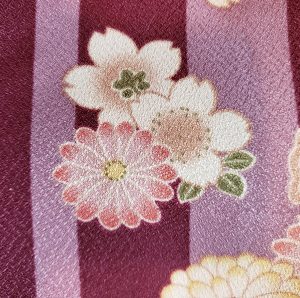
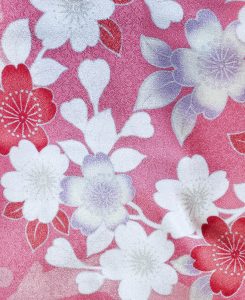
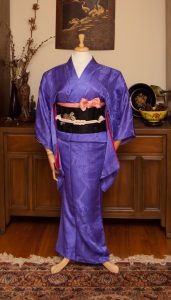
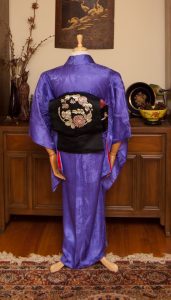

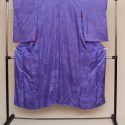
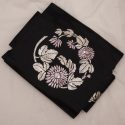
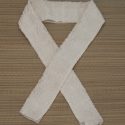

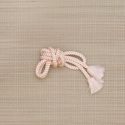
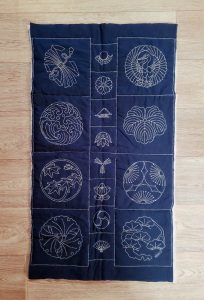

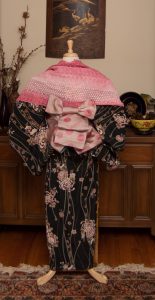

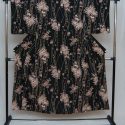
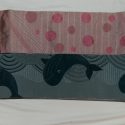
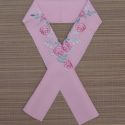
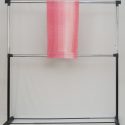
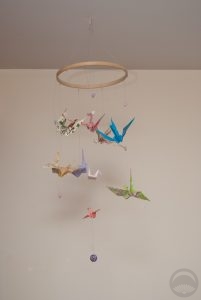











 Bebe Taian
Bebe Taian CHOKO Blog
CHOKO Blog Gion Kobu
Gion Kobu